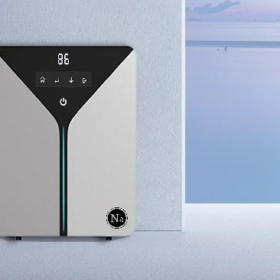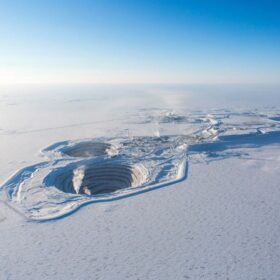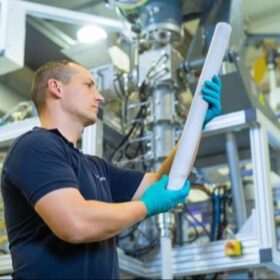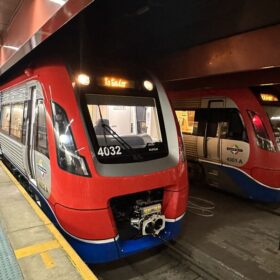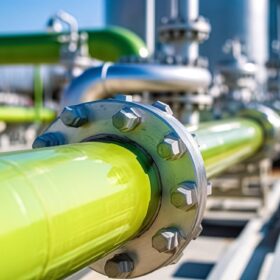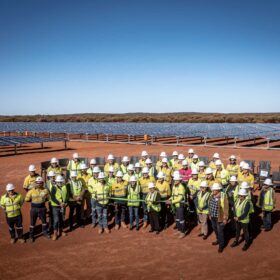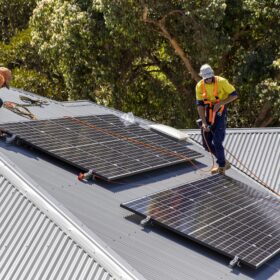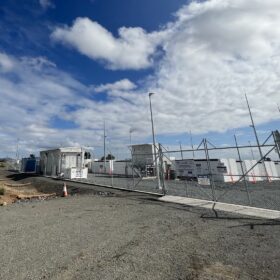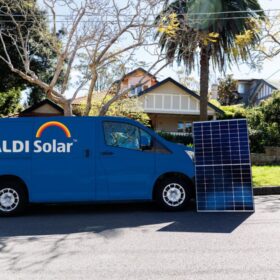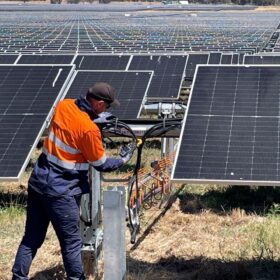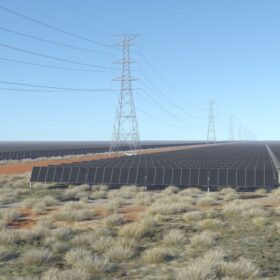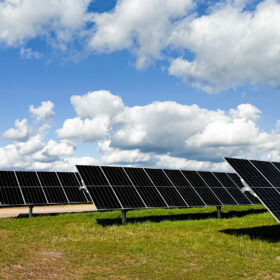Biwatt unveils new residential sodium-ion batteries
Biwatt Power, a Chinese manufacturer, has developed new residential sodium-ion batteries with an efficiency rate of 97% and a projected lifespan of more than 3,000 cycles.
Weekend Read: Deployment trumps manufacturing in EU priorities
A lack of clear policy support, raw material dependency, and higher production costs are inhibiting the localisation of European solar manufacturing, despite strong demand, writes Edurne Zoco, executive director for clean energy technology at S&P Global.
Rio plans large-scale solar for Canadian arctic
Australian-headquartered resources giant Rio Tinto has announced it will build the largest solar power plant in Canada’s northwest territories to supply electricity to its Diavik Diamond Mine located about 200 kilometres below the Arctic Circle.
Altech pushes ahead with Germany-based battery projects
Western Australia battery tech company Altech Batteries has raised $13.3 million (USD 8.7 million) to advance the development and commercialisation of its sodium-chloride solid state battery project and to progress construction of a silumina anodes battery materials plant in Germany.
Electric train steers South Australia toward net zero milestone
South Australia’s planned transition to a zero-emissions public transport system has reached a major milestone with the electrification of the passenger rail line between Adelaide’s CBD and Gawler in the north now complete.
Green hydrogen offtakers can shape industry’s development
With strong government backing; a systems approach to development that views each component of hydrogen production and delivery as a whole; and growing demand, Australia could be on track for a commercially viable green hydrogen industry by 2030.
Maxeon to build 3 GW cell and module plant in US
Singapore-headquartered solar manufacturer Maxeon Solar Technologies will invest more than $1.5 billion (USD 1 billion) to establish a TOPCon manufacturing facility in the United States, creating up to 1,800 highly skilled jobs.
Pacific flicks switch on 6 MW solar farm as hybrid plant powers up
Australian renewables company Pacific Energy has powered up the first of four solar-fuelled hybrid power plants being rolled out at Westgold Resources’ mining operations in Western Australia.
Switch to all electric tipped to save households $4,320 a year
Australian households that make the shift to all-electric energy-efficient appliances, combined with solar panels, battery storage and electric vehicles, could save $3,500 a year by 2030 and $4,320 by 2050 compared with a fossil-fuelled household that relies on gas appliances and petrol or diesel vehicles.
Battery capacity overtakes pumped hydro in NEM
The energisation of two new battery projects totalling a combined 150 MW has seen the charging capacity from grid-scale battery energy storage systems surpass that of pumped hydro in Australia’s national grid.
